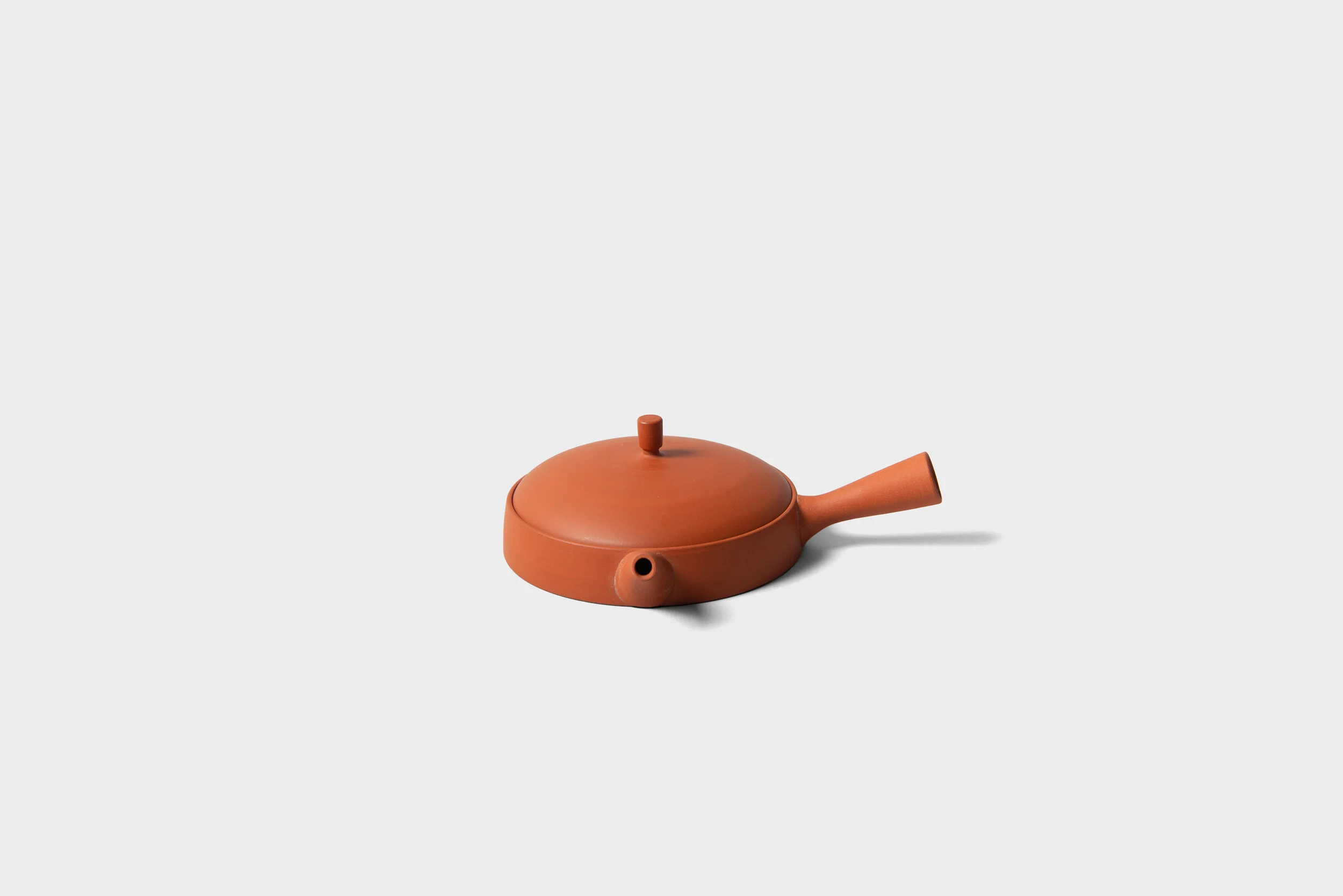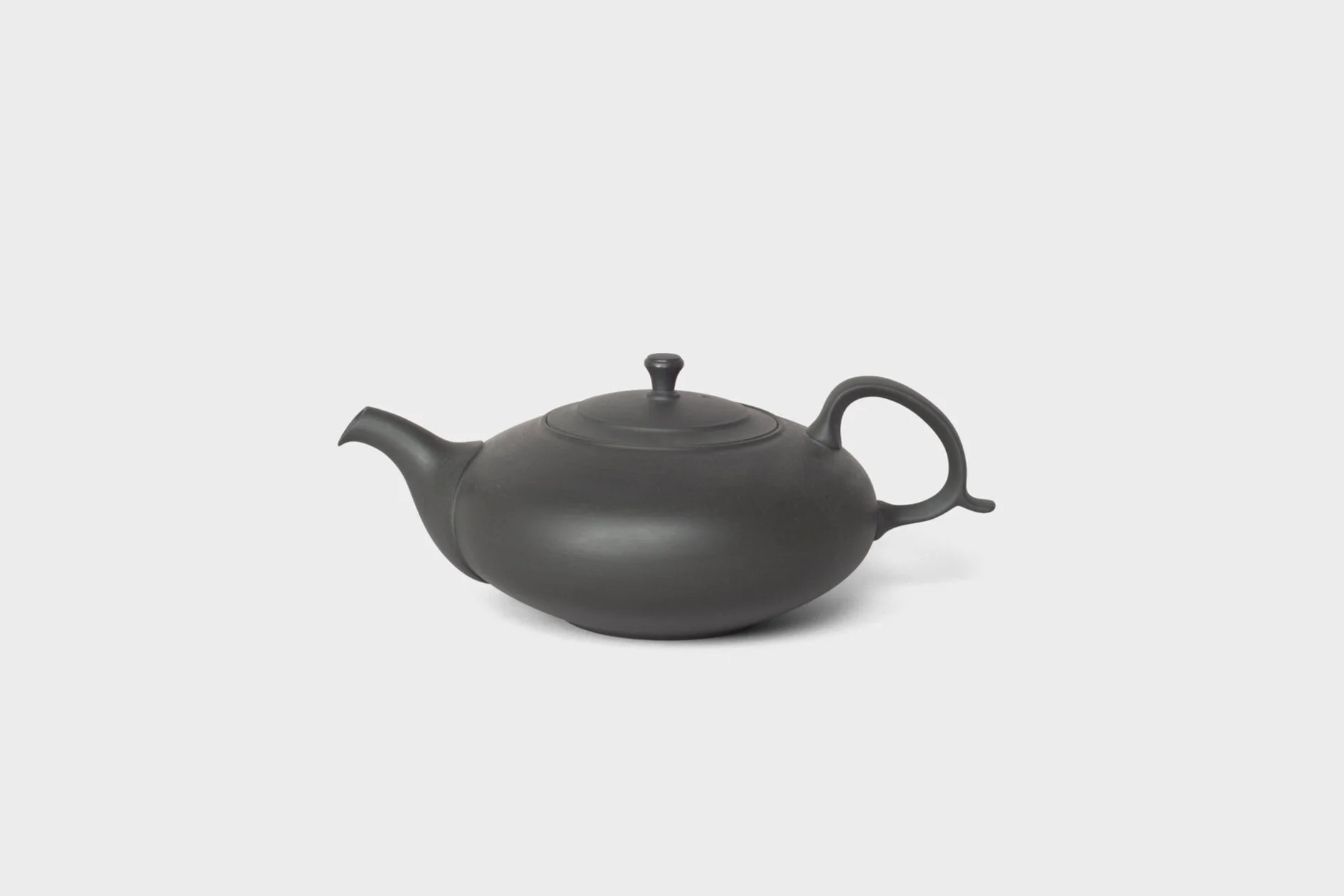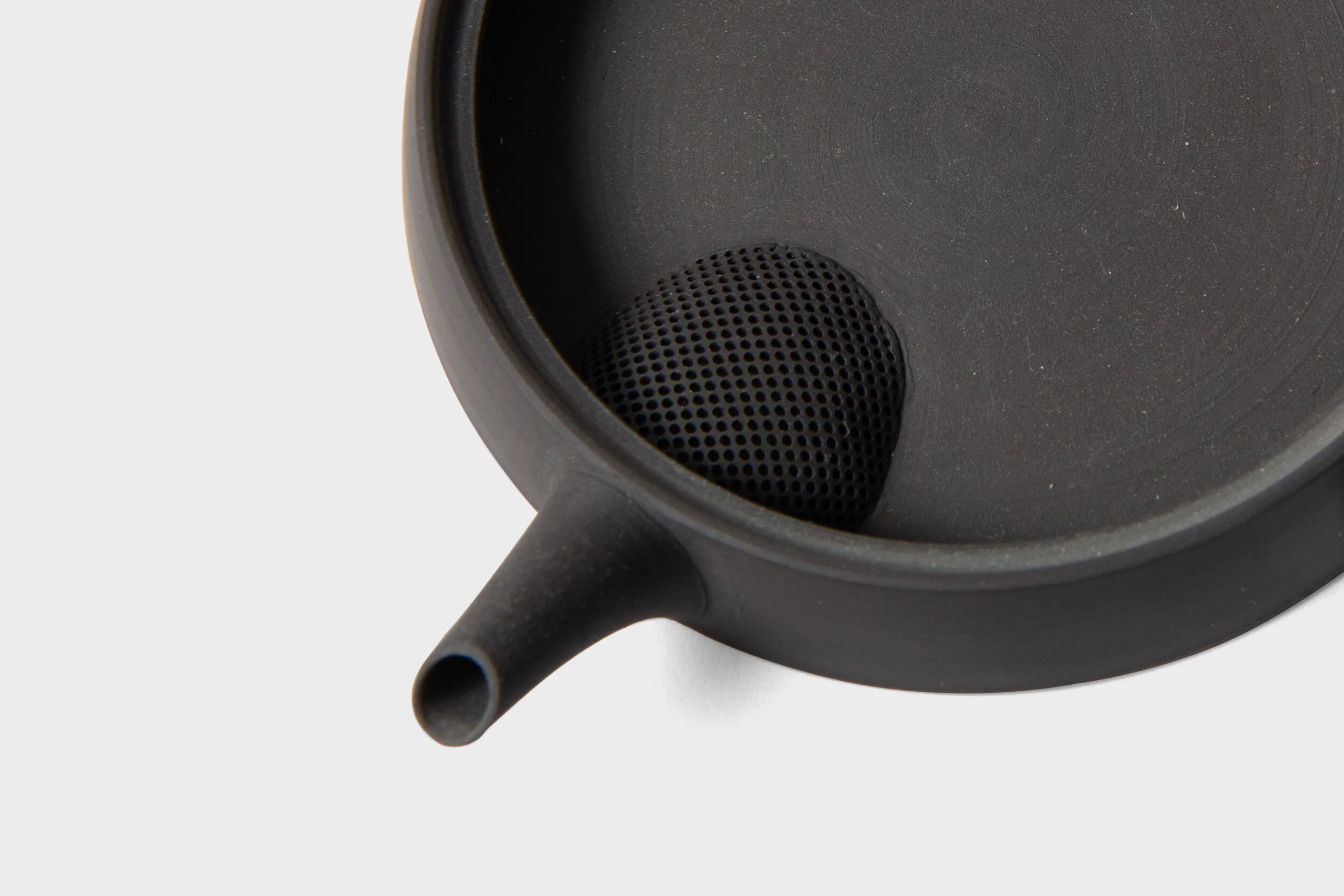Tokoname | A Major Centre of Japanese Ceramics
“Tokoname-yaki is a high-fired and ash glazed ceramic ware which originated in the region of Tokoname in Aichi prefecture.”
Tokoname Ceramics from Aichi Prefecture
Tokonome-yaki rose to prominence during the late Heian period and the city is home to one of the six ancient kilns in Japan. Tokoname's pottery making history extends to over 900 years, and the region is known as the ‘red city’ due to its signature natural red clay ‘朱泥’ (shudei). As a major centre for the production of ceramics, Tokoname has prevailed throughout the centuries to preserve the traditions and artistry alive, while providing to the needs of the common people.
The Yokode Kyūsu and the Ushirode Kyūsu
The Kyūsu ‘急須’ (teapot) is a traditional stoneware that is specially designed for brewing Japanese green tea.
Renowned for its elegance, these historic teapots grew out of Tokoname and its designs were refined as the sencha tea ceremony became common practice during the Edo period. A Tokoname teapot is designed with a comparatively small body that allows for short but, intense infusions.
Traditionally, there are two common types of Kyūsu - the yokode Kyusu (side handle teapot) and the ushirode Kyusu (ring handle teapot). The side-handled teapot has a hollow handle and it is designed to ease the action of pouring, by placing the right thumb firmly over the lid and tilting it to the side in one fluid motion.
This requires minimum effort and adds elegance to movement, particularly when pouring tea to guests in a traditional Japanese room. Similarly, the ring handle teapot has a rear handle that is safe to touch while pouring, as the heat retentive clay becomes extremely hot when brewing tea. The spout is carefully designed to avoid dripping after pouring.
The Black Ceramic Teapot is made out of highly porous and iron-rich clay. This wide-bodied teapot is designed with a very fine sasame filter which consists of a series of small holes created on a piece of clay and attached inside the base of the spout. The built-in strainer gives the loose tea leaves ample room to expand and steep freely when brewing directly against the unglazed clay.
The clay absorbs the flavors over time and allows for optimum infusion, while the iron absorbs the astringency of tea and improves the taste of water. Combined with the easy-to-grip handle, these distinct features of Tokoname-yaki make for a highly functional teapot that is ideal for bringing out maximum flavour when brewing delicate teas such as sencha or gyokuro.






